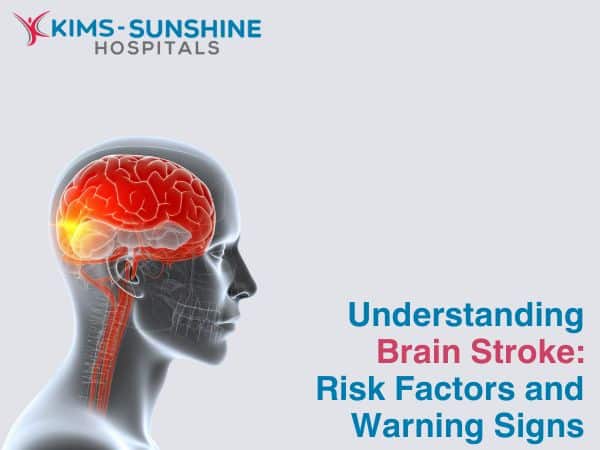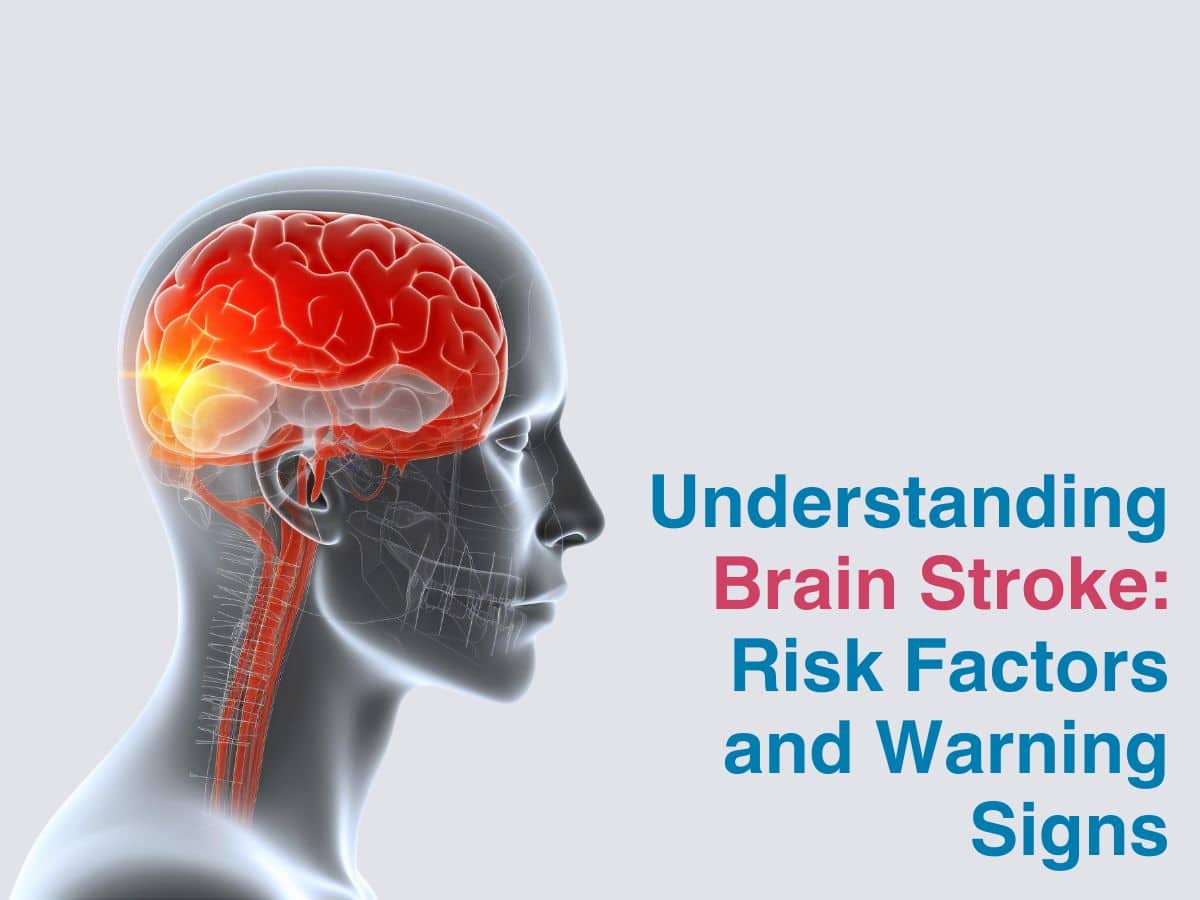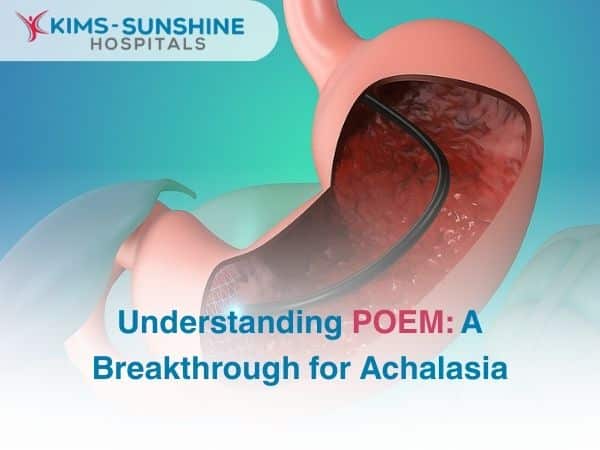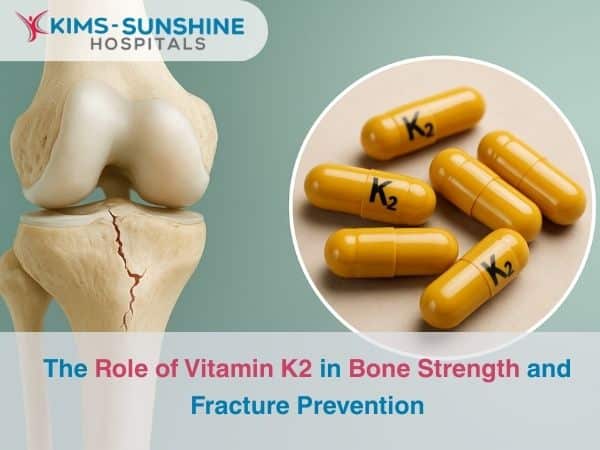
Understanding Brain Stroke: Risk Factors and Warning Signs

A stroke occurs when the brain is oxygen-starved. The causes may include a clot or an abnormally narrow blood vessel- any of which can stop blood flow from happening. The symptoms depend on which area of the brain has been affected. There are majorly two different types of strokes- ischaemic and hemorrhagic respectively. They are further classified into different types. Did you know that almost 25% of people who have a stroke now, may be at risk of suffering from another one in the future?
Common Causes of Brain Stroke in Young Adults
Now, pay very close attention to this list- high blood pressure, smoking, obesity, kidney disease, torn blood vessels, heart disease or even blood disorders. Most of the causes are related to your lifestyle choices, and if you make sensible ones, the risk is significantly lower than usual. Unfortunately, the incidence of stroke in India has not been studied nationwide. But some studies have shown that it is around 1.5% or slightly higher, with more males being affected, when compared to women.
What are the Early Warning Signs of a Brain Stroke?
Remember the FAST acronym-
- Face (drooping on one side, or a crooked smile)
- Arms- check if they can lift their arms up. One side may probably be lower than normal.
- Speech- not making sense, or slurred words
- Time- Call for help ASAP!
Other symptoms include- a sudden and severe headache, dizziness, not being able to see clearly, intense confusion, or weakness in one side of the body. This is almost like a mini-stroke. Get help and do NOT ignore it, even if the symptoms go away in a few minutes or hours.
How High Blood Pressure Leads to Brain Stroke?
Hypertension is a leading cause for stroke, as high blood pressure can cause blood vessels to tear, leak or even get narrower. These already weakened blood vessels cannot withstand high pressures throughout. This statistic is eerie but very telling- almost 80% of strokes can be prevented if blood pressure is maintained within the normal age-appropriate range. An ischemic stroke, which is the major type of stroke, is caused by thinner than average blood vessels, while hemorrhagic strokes can be due to structurally impaired arteries.
Diet and Exercise to Reduce Stroke Risk Factors
Make the following changes to your diet-
- Lower sodium intake
- Eat fruits, vegetables and fresh foods daily for the fibre and antioxidant content.
- Opt for healthy fats like desi ghee, coconut oil, sesame seed oil, etc. Ghee itself is super good for the gut, and helps in better absorption of nutrients from food in general.
- Full fat dairy products can also be eaten in moderation.your gut is going to love some thick curd actually.
- Avoid salty or overly sweet snacks.
Getting some exercise is also crucial- 150 minutes or more, per week. Include warming up stretches and cool off periods diligently. Ensure to add some weight training, flexibility related exercises and strengthen your core. Do NOT smoke or consume too much alcohol.
Conclusion
Keeping a close watch on your daily food choices is a great way to begin. Also, if you are someone who has a stressful job or routine, then you may be at higher risk too. Making the right choice consistently is key. They can in turn positively impact your quality of life.
Frequently Asked Questions

Dr. Naveen Mehrotra
MBBS, MS (General Surgery)
Sr. Consultant Neurosurgeon & Spine Surgeon






